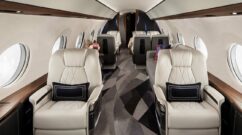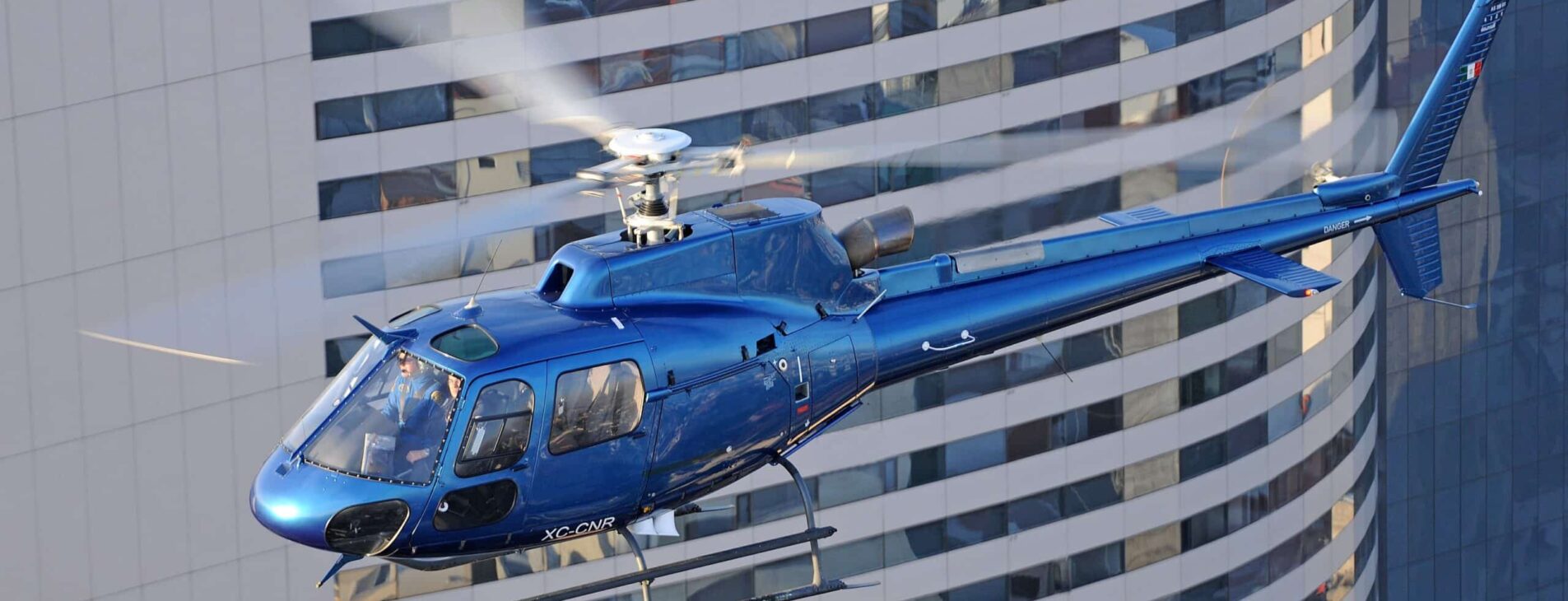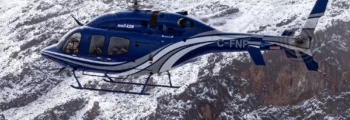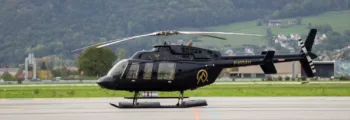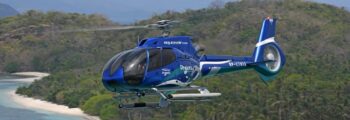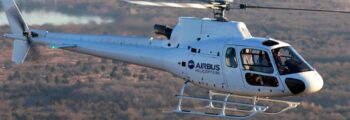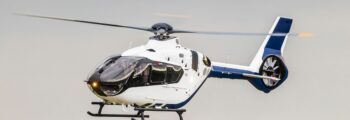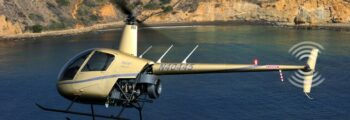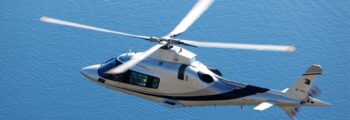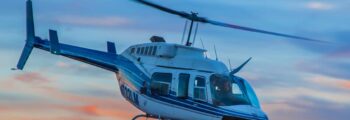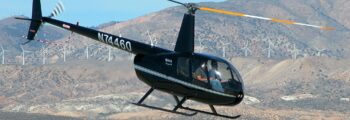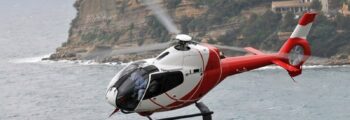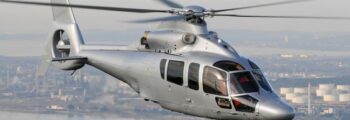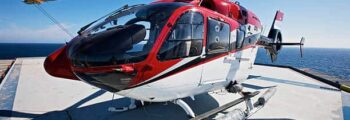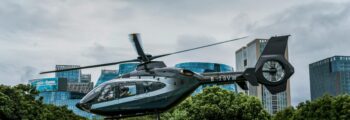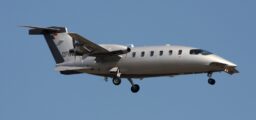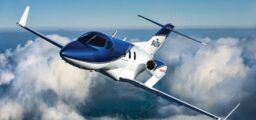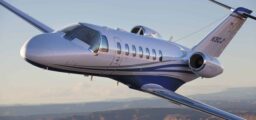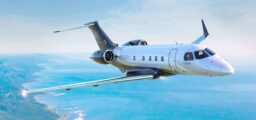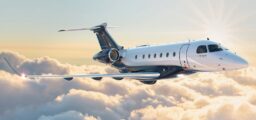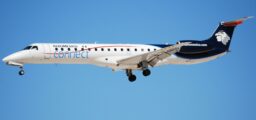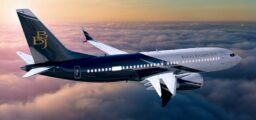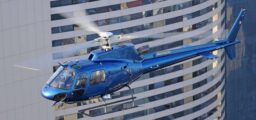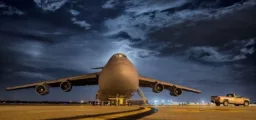Helicopters (1 - 8 seats)
Helicopters
(1 - 8 seats)
Helicopters are particularly valued for transporting between 1 and 8 passengers on short and medium-haul flights for factory visits, sightseeing tours, or gourmet getaways, weddings… Equipped with one or two turbines, depending on the model, these helicopters have standard or VIP cabins. Depending on the models, helicopters can cover distances ranging from 250 to 1,000 km for the most efficient ones, in maximum comfort and safety.
Rent a helicopter and access exclusive locations
As part of your private flights, you will enjoy access to exclusive airports and terminals and experience high-end travel, with greater flexibility. Helicopters, due to their ability to take off and land vertically, can use helipads located in urban areas with restricted access, thus shortening travel times between your departure point and your destination. This increased accessibility to specific locations allows for efficient and personalized travel, meeting the specific needs of private travelers.
-
How do helicopters work, and how do they differ from conventional aircraft?
Helicopters operate by rotating their blades, which creates lift and allows movement in all directions. Unlike fixed-wing aircraft, helicopters can take off and land vertically, making them ideal for restricted access areas. They offer great maneuverability, but their cruising speed is generally lower than that of airplanes.
-
What are the different types of helicopter?
There are several types of helicopter designed for specific missions. Light helicopters are generally used for personal or business transport missions, while heavy helicopters are often deployed for cargo transport or rescue. There are also medical and military helicopters.
-
What are the safety considerations associated with using helicopters?
Similar to aircraft, helicopter operations involve important safety considerations, including regular equipment inspections, thorough pilot training, weather and emergency management, and preventive maintenance. The safety of passengers and crew is a priority, and operators must adhere to strict standards to ensure safe flights.



